April 17, 2025 | 05:24 GMT +7
April 17, 2025 | 05:24 GMT +7
Hotline: 0913.378.918
April 17, 2025 | 05:24 GMT +7
Hotline: 0913.378.918
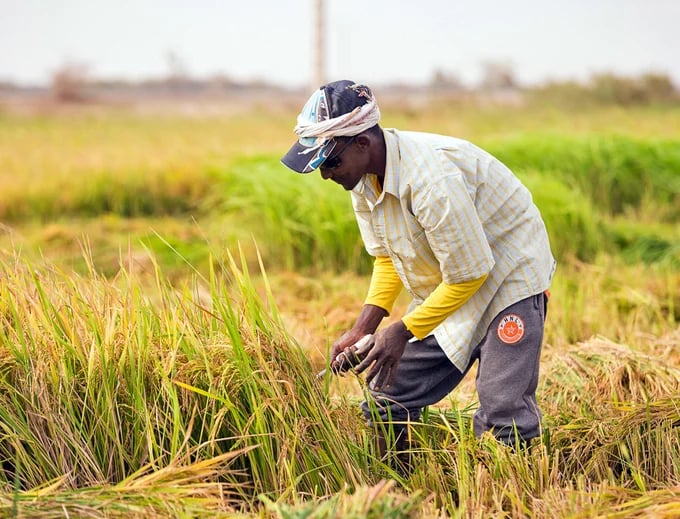
Rice production in Senegal only meets 25-30% of domestic demand.
According to the Vietnam Trade Office in Algeria and Senegal, in 2023, Vietnam's rice exports to Senegal reached more than 12 thousand tons, with a turnover of $ 5.35 million, an increase of 215% compared to 2022.
Despite very strong growth, Vietnamese rice exports to Senegal are still very modest compared to the country's import needs. Senegal is a large rice-consuming market with an import volume of 900 thousand to 1 million tons per year, mainly cheap 100% broken rice. This is one of the countries with the highest rice consumption per capita in West Africa, about 117 kg/person/year.
In 2023, Senegal's rice imports reached 1.3 million tons, with a turnover of more than $ 500 million, down 12.4% in volume and nearly 13% in value compared to 2022. The main supplier countries include India, Thailand, China, Pakistan, Uruguay, Vietnam... In addition to serving the domestic market of more than 18 million people, Senegal also imports rice to re-export to neighbouring countries such as Mauritania, Guinea-Bissau and Gambia.
In terms of mechanism, since 1995, Senegal abolished the state company's monopoly on rice imports and completely liberalized the import of this food. For many years, the Government of Senegal has implemented a policy of developing wet rice cultivation to ensure food self-sufficiency, but it can only meet 25-30% of domestic demand.
In the context of scarce supplies and Senegal preparing for presidential elections in 2024, it is likely that this country will increase imports of broken rice from Asia. In March 2023, India allowed private businesses to export 250,000 tons of broken rice to Senegal. This decision is seen as India's move to support some West African countries although the country has issued a ban on the export of 100% broken rice and a 20% tax on the export of other types of rice from September 2022.
During the discussion on agriculture at the World Trade Organization (WTO) meeting in February 2024, to diversify supply sources, the Minister of Trade of Senegal had a discussion with his Cambodian counterpart about importing rice from this Southeast Asian country.
In early 2022, in the face of rising food prices, to maintain people's purchasing power, the Senegal government introduced a series of measures including eliminating VAT on imported rice and reducing import tax on broken rice and regular rice from 12.7% to 2.7%.
Translated by Hoang Duy
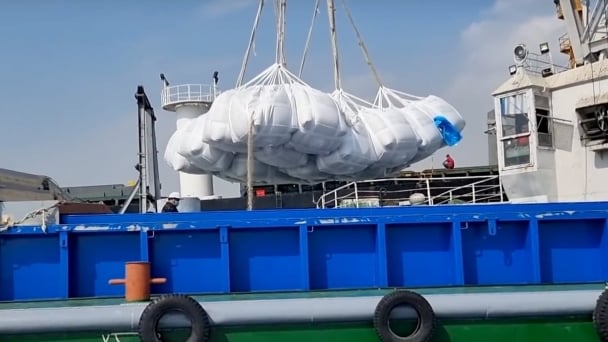
(VAN) The Philippines is making efforts to diversify its rice import sources in order to reduce its dependence on Vietnamese rice. However, Vietnamese rice has managed to maintain its strong position in this market.
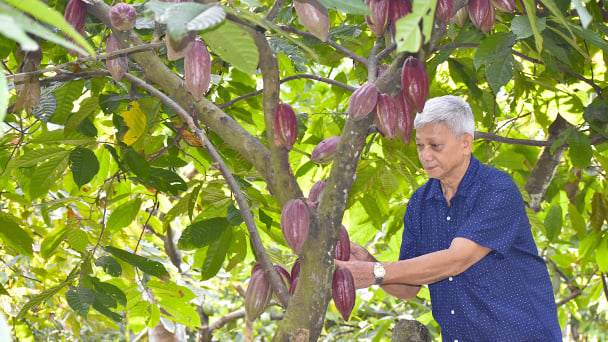
(VAN) In the Mekong Delta, cocoa has provided stable economic returns for many years. Recently, a surge in cocoa prices has created a strong incentive for farmers to expand their cultivation areas.
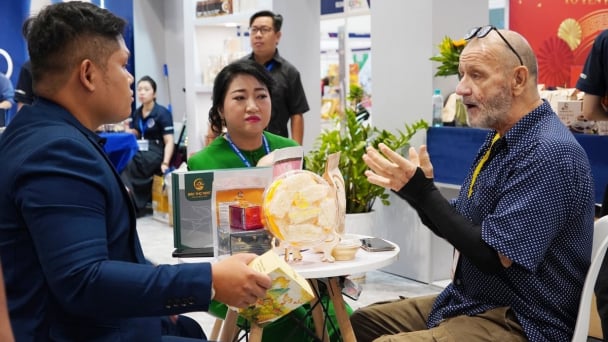
(VAN) Product quality, branding strategy, and technology innovation are key factors for Vietnamese bird’s nest to establish its foothold on the global map.
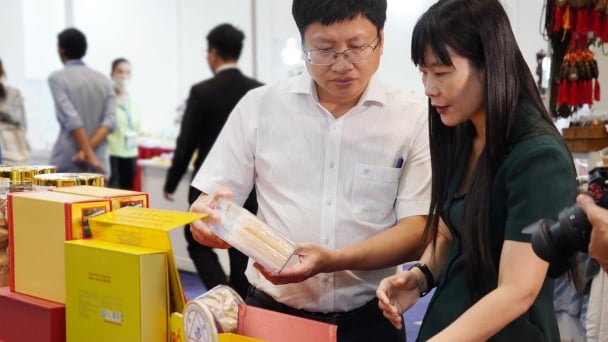
(VAN) KOCHAM Deputy President expects that Vietnam would accelerate innovation and development of bird’s nest-based products as a representation of Vietnamese culture.
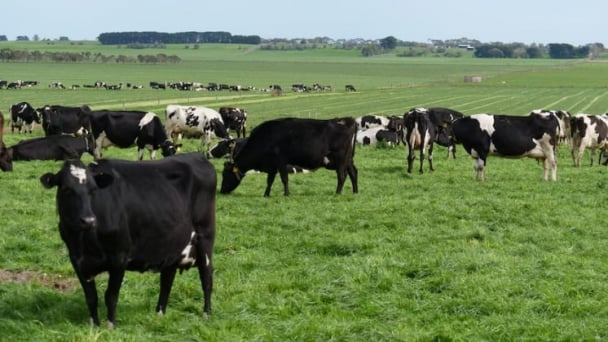
(VAN) Imported dairy products are weakening the local industry, according to dairy farmers and processors.
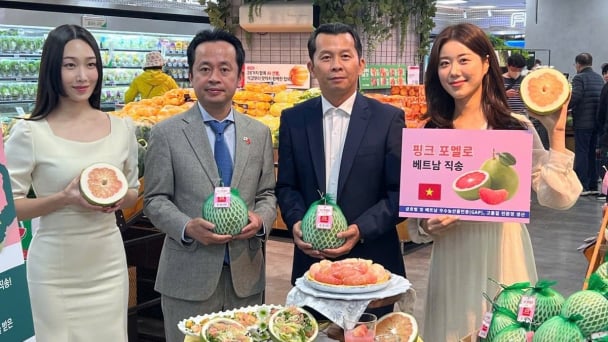
(VAN) April 10 marked a significant milestone for Vietnam's agricultural exports as Vietnamese pomelos officially became available at the Lotte Mart supermarket chain in South Korea.
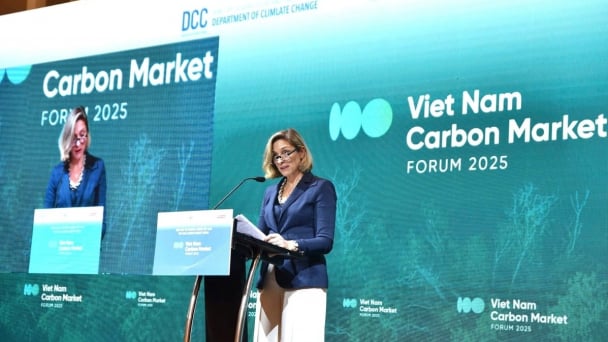
(VAN) Vietnam is focusing on developing the legal framework and technical infrastructure for the carbon market, with committed support from global financial institutions.